Cardiac Arrest in Antelope During Capture and Chemical Immobilization
Cardiac arrest, or cardiopulmonary arrest (CPA) is characterized by an abrupt, complete failure of...
Turns out, animals can’t really verbalize what’s going on all the time. In the Wild is a collection of pieces to help close that communication gap while growing the love and understanding between animals and those who care for them.
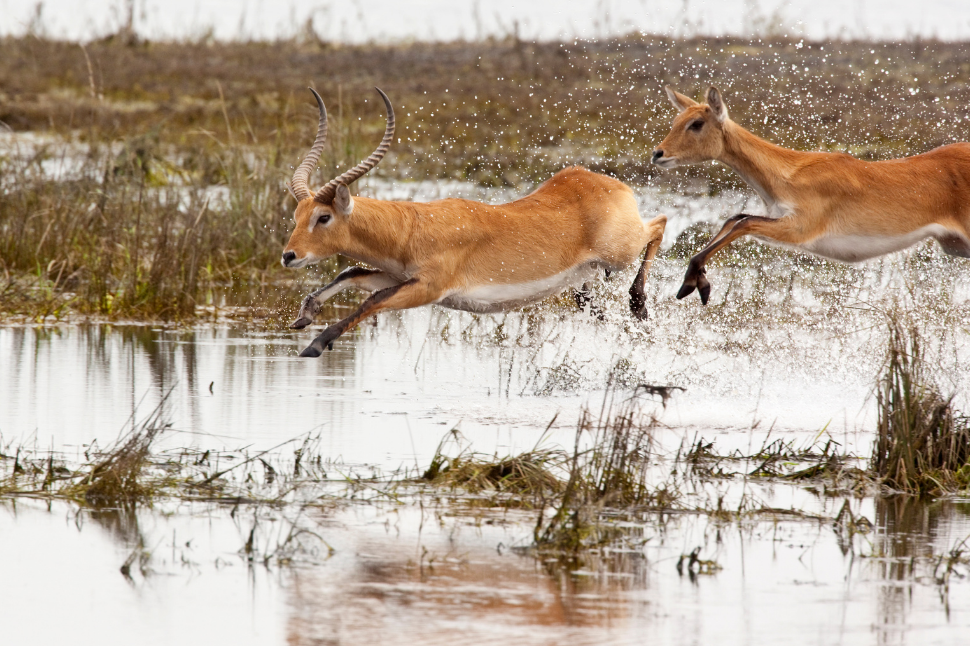
Cardiac arrest, or cardiopulmonary arrest (CPA) is characterized by an abrupt, complete failure of...
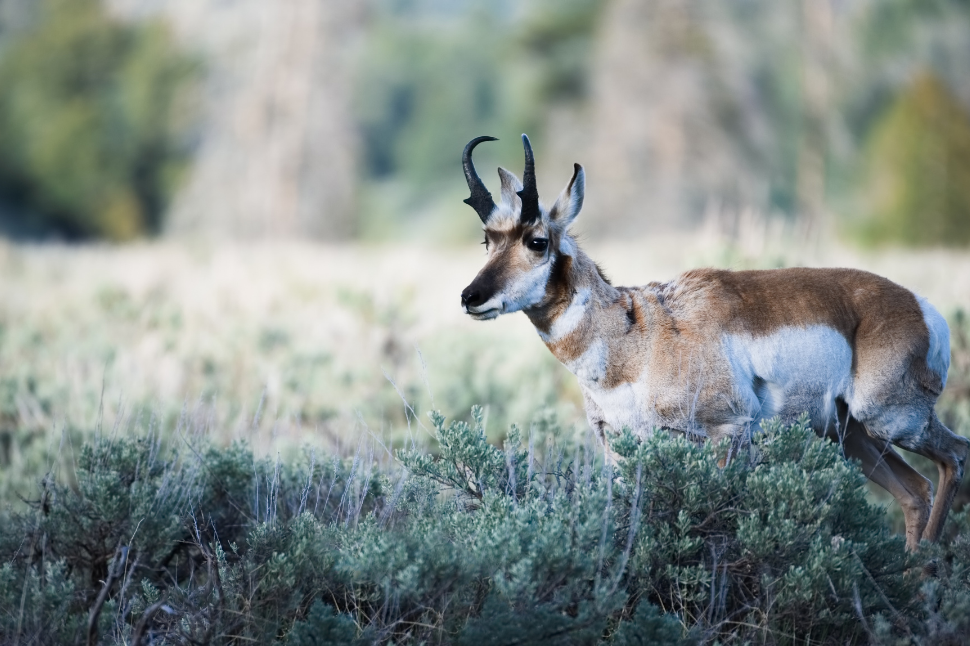
Capture myopathy (CM) is a serious condition that can occur in wild and domestic animals wherein...
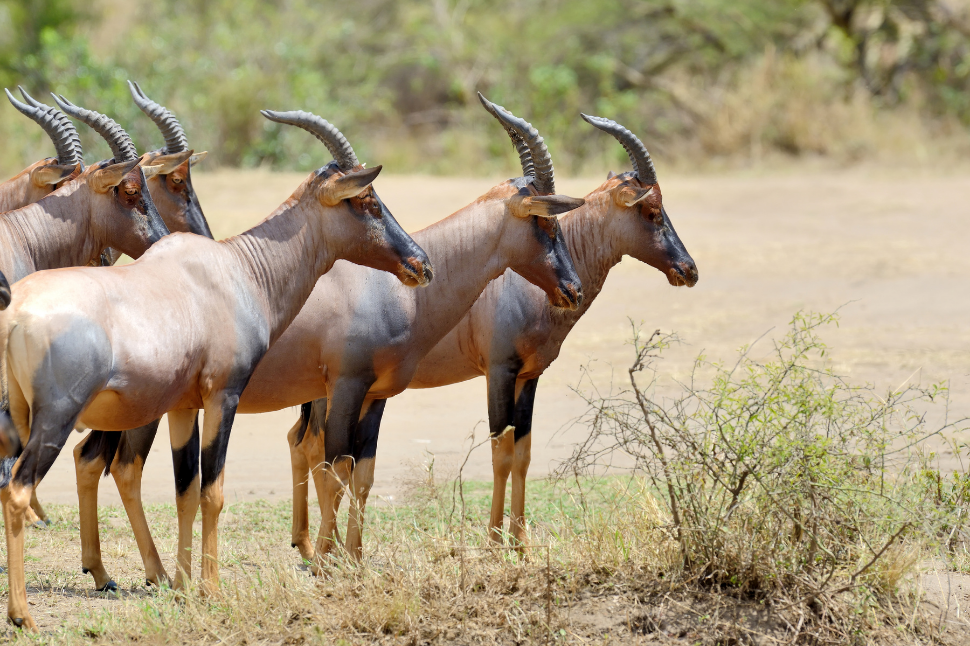
“Antelope” is a common name that has been ascribed to various members of the family Antilocapridae...
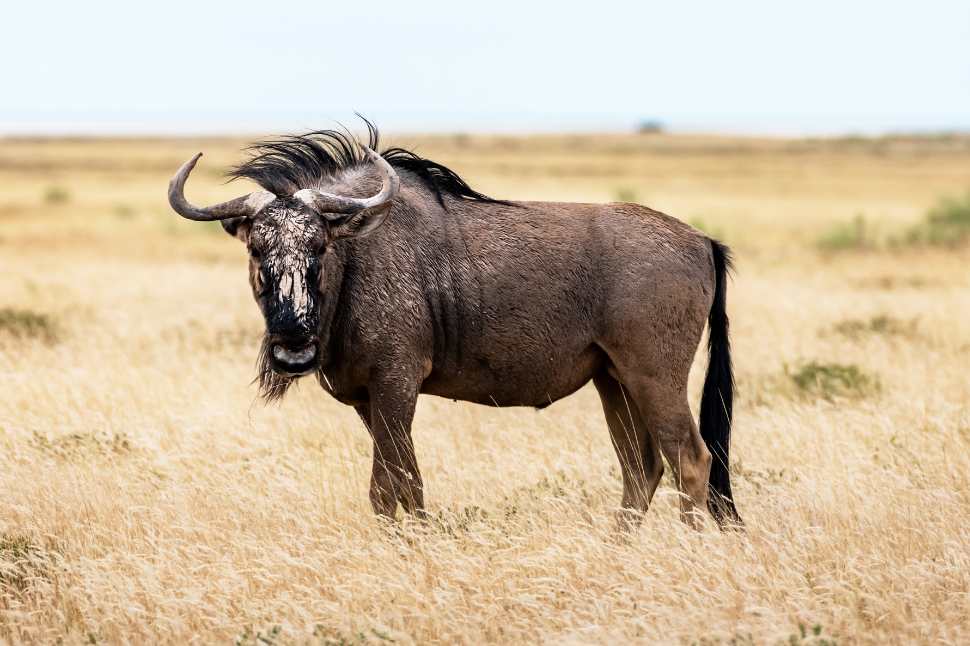
Aspiration is described as when a foreign substance enters the airway or lungs; this can apply to...
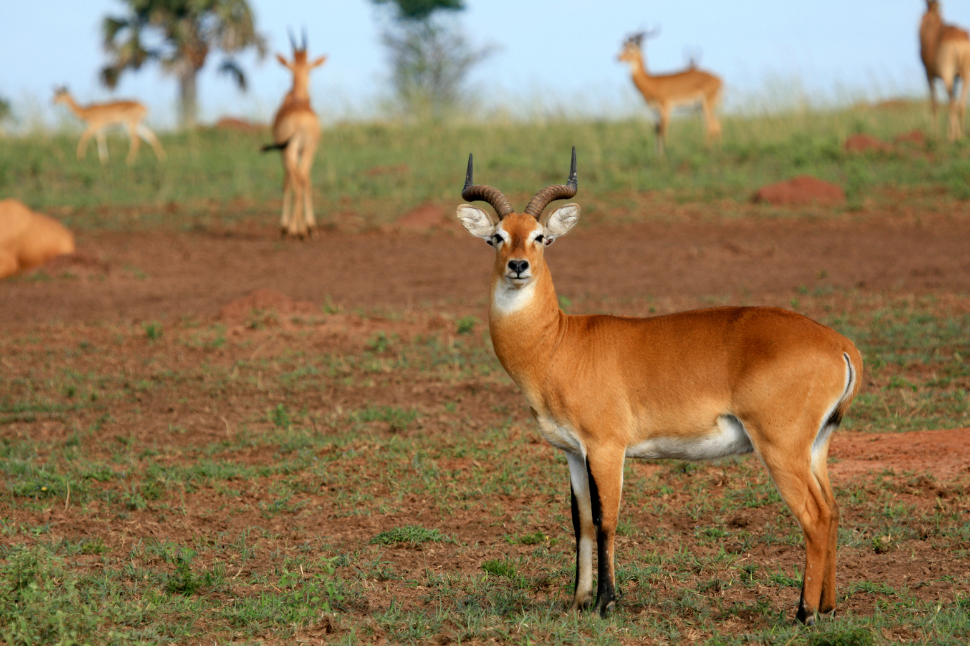
Vomiting is one of the more common post-sedation and post-anesthesia complications in both domestic...
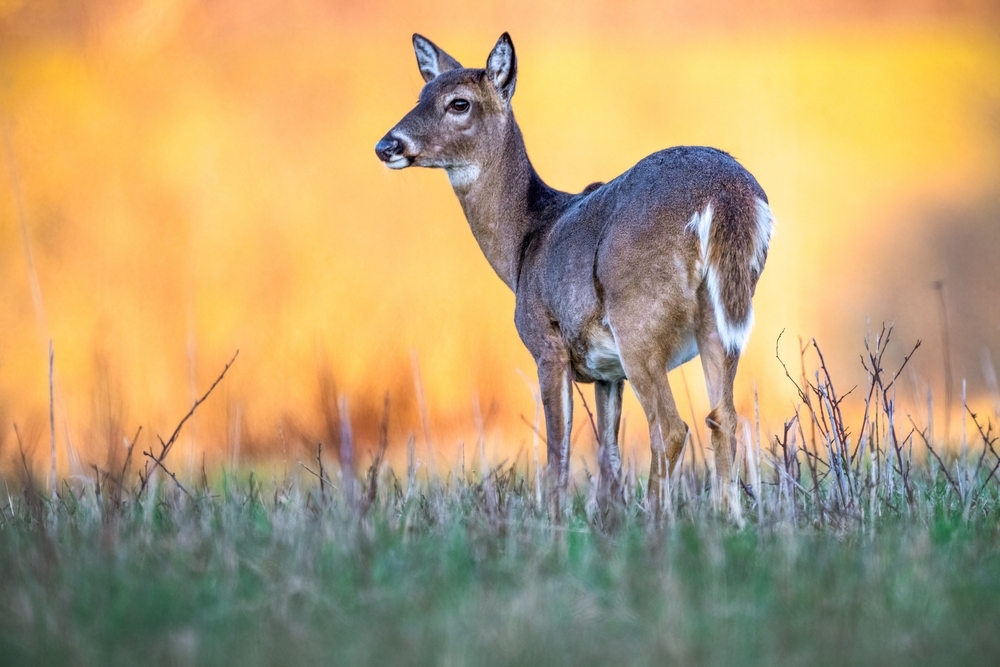
Managing white-tailed deer (Odocoileus virginianus) often requires the live capture of individual...
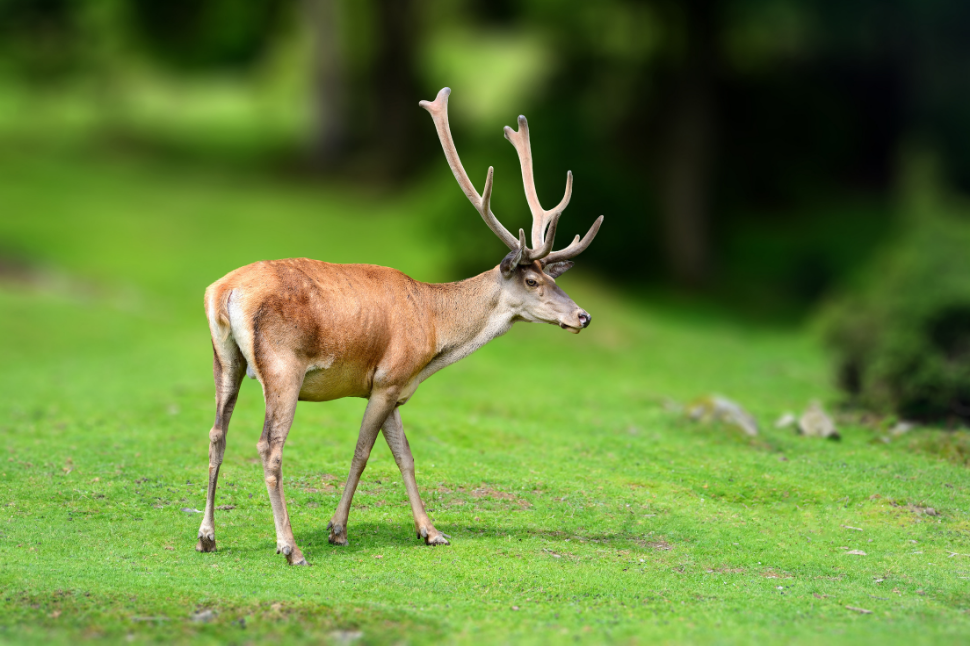
One of the most challenging aspects of wildlife veterinary medicine is the process of determining...

For the majority of pet parents, their furry friend is family. And as this sentiment has grown, so...

Mink are members of the weasel family and are native to the Northern Hemisphere. Historically, both...

Anesthesia is an integral part of exotic animal medicine, whether in the field, or in research or...
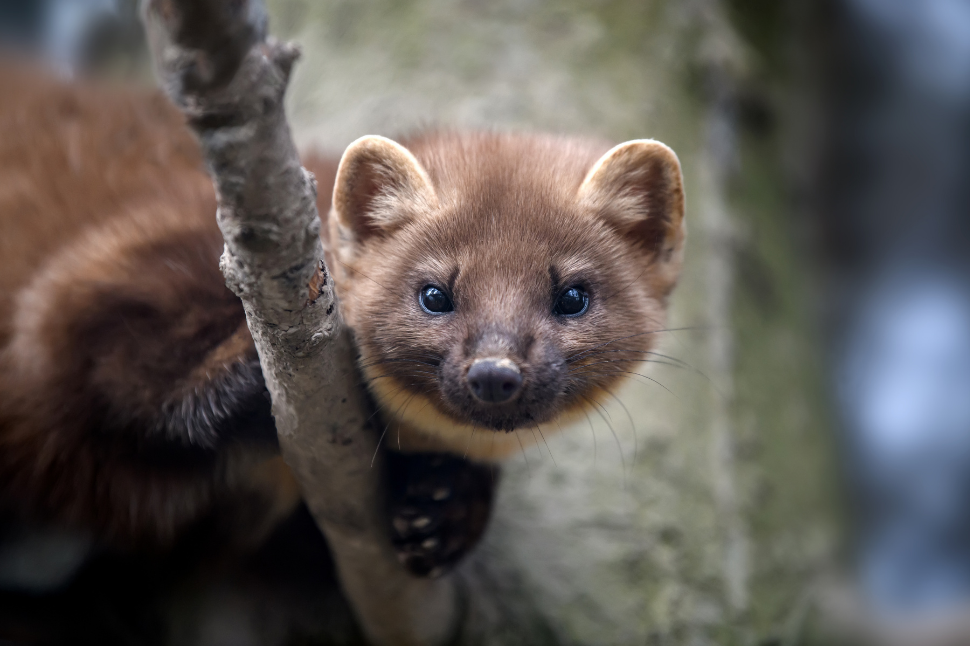
The family Mustelidae comprises stoats, polecats, mink, fishers, wolverines, weasels, martens,...
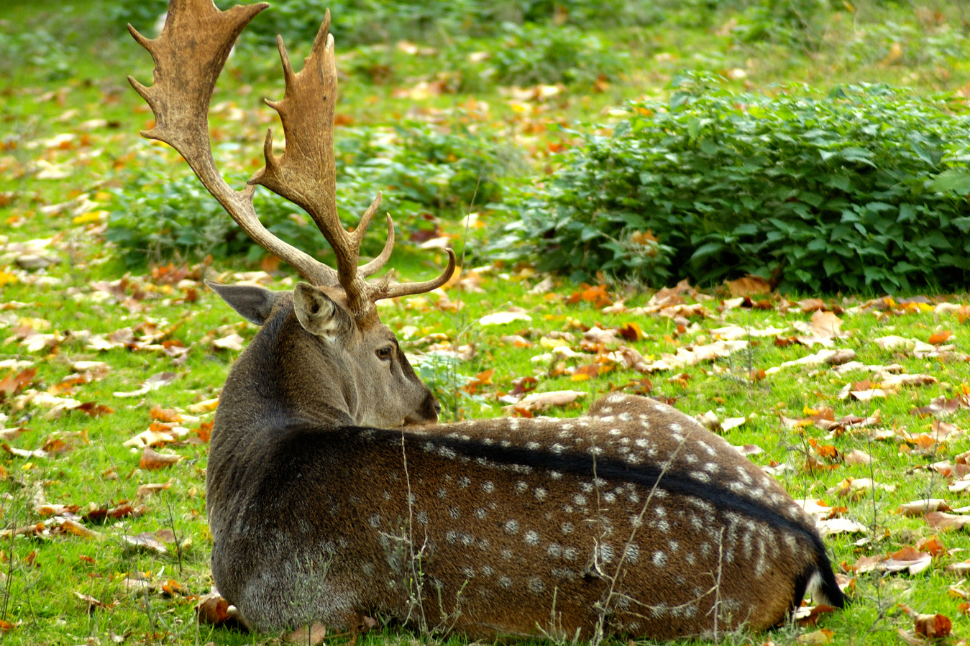
White-tailed deer (Odocoileus virginianus) are the smallest members of the North American deer...

There are numerous drug and drug combinations that are used for the remote immobilization of...
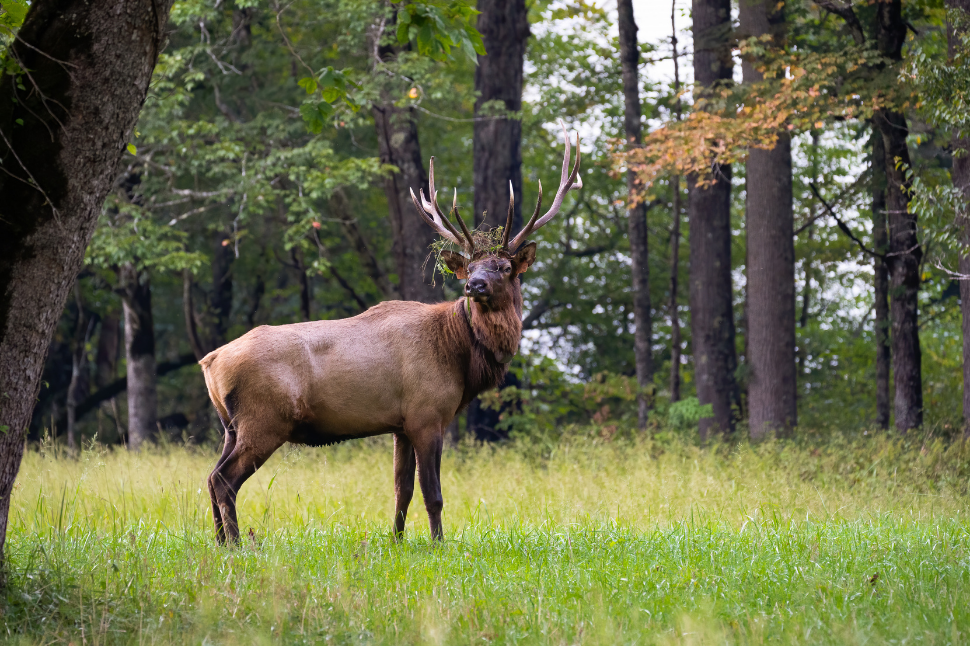
In recent decades, conservation efforts and the endangered status of certain wildlife species have...
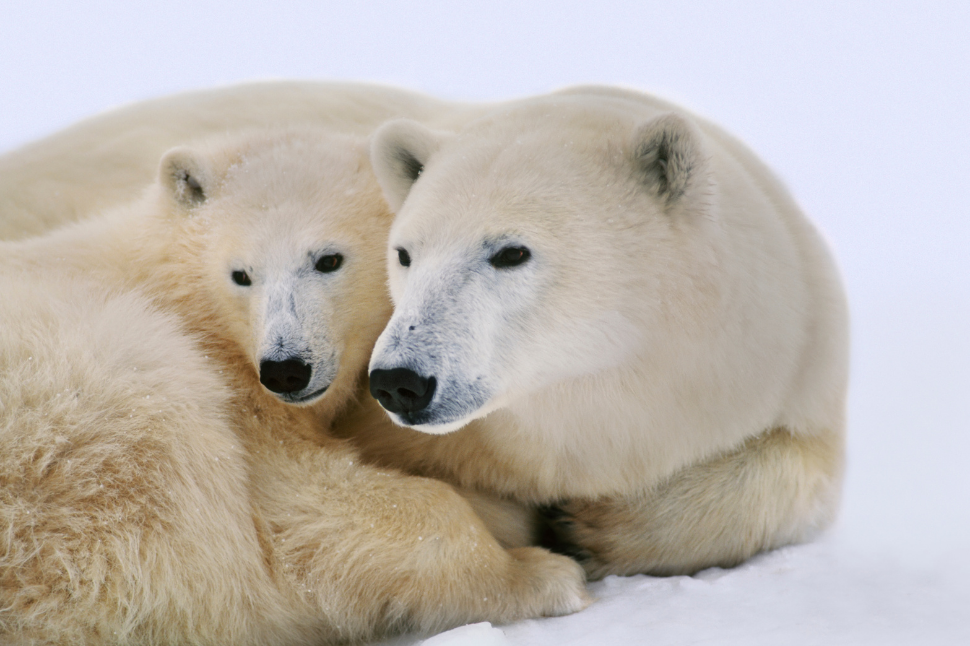
The chemical immobilization of wild animals is a form of veterinary anesthesia conducted under...